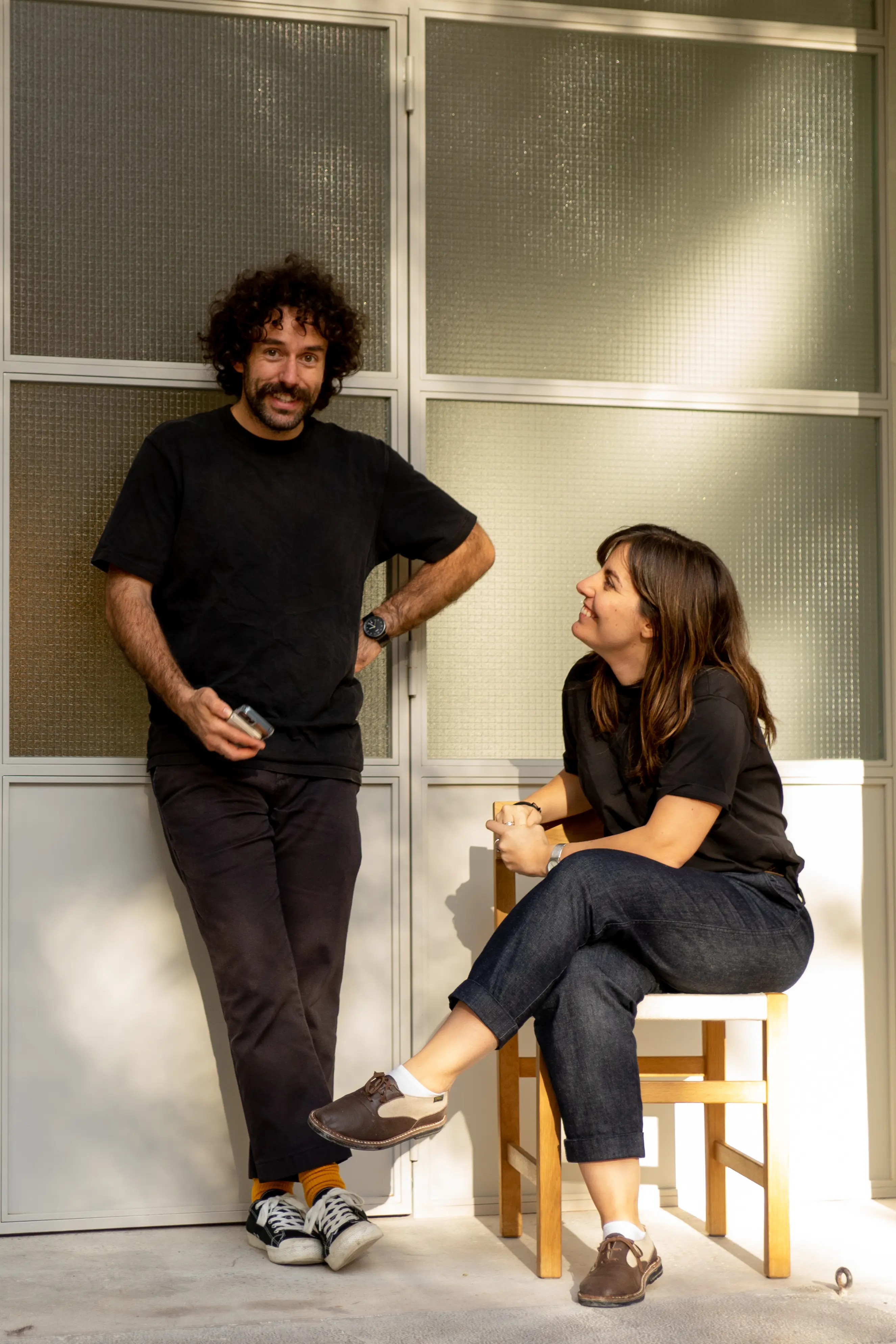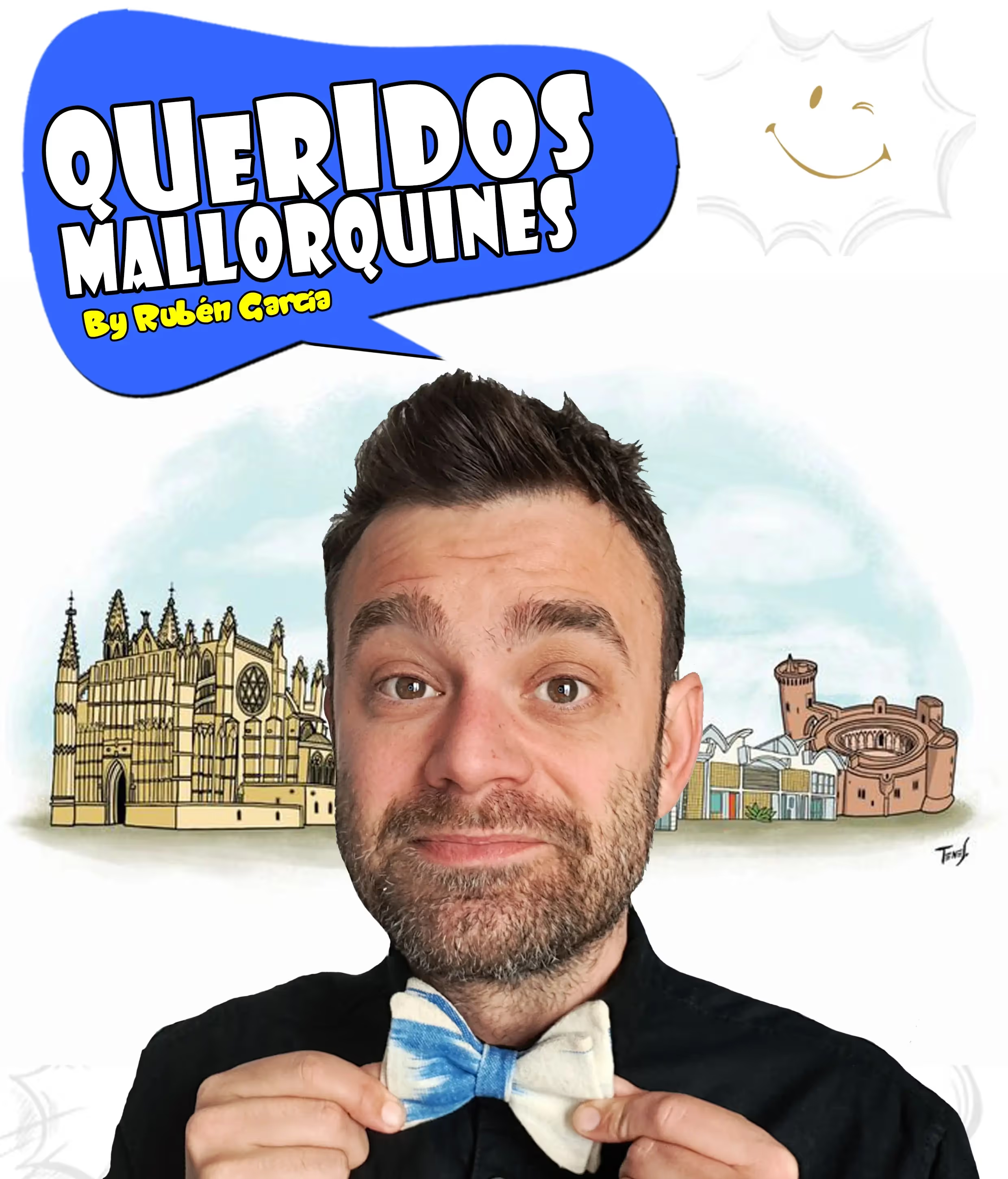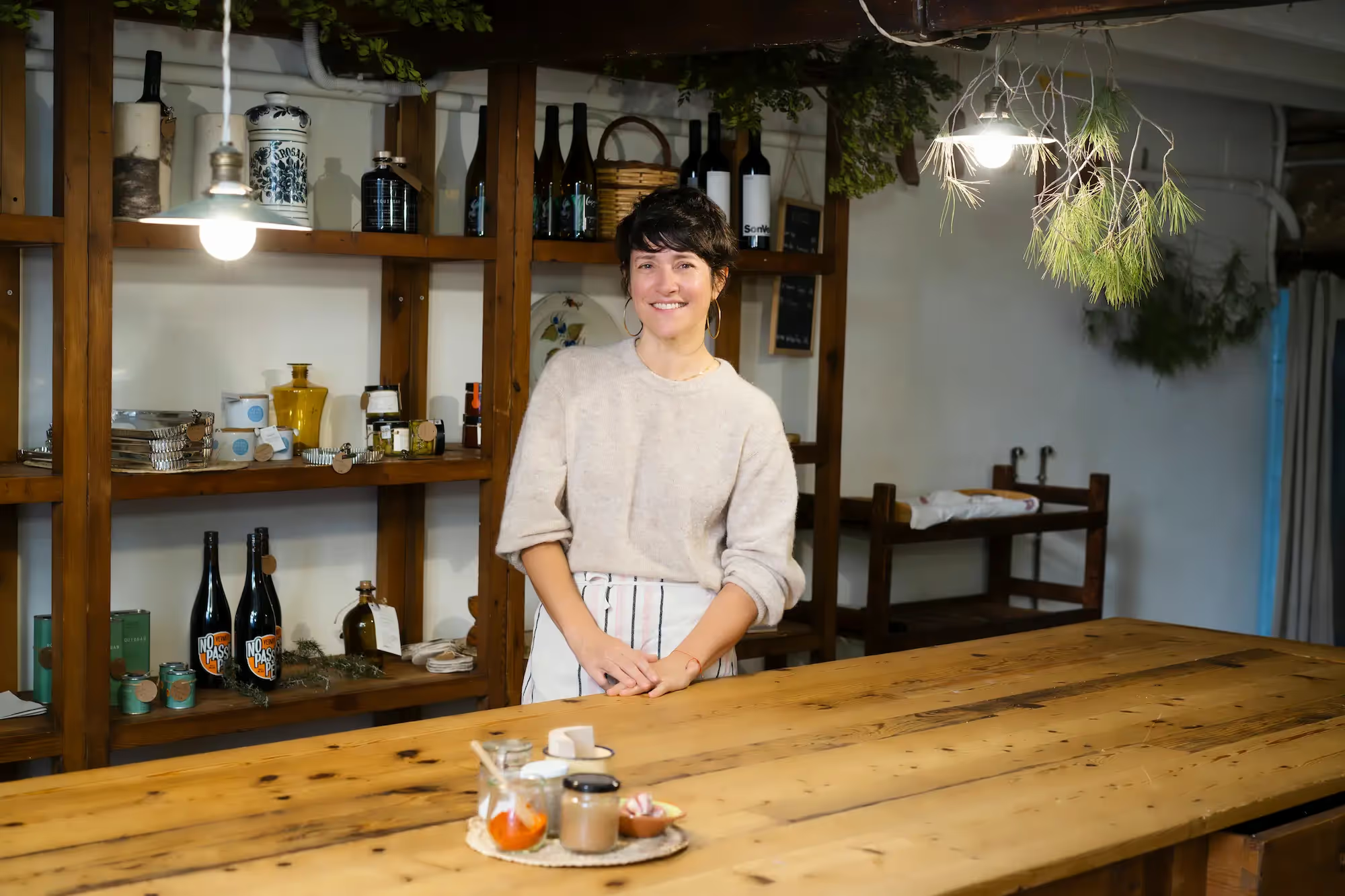
Palma de Mallorca is a city rich in history, culture, and beauty. Located on the Bay of Palma, the capital city spreads along the coast and inland and includes a multitude of distinctive neighbourhoods with their own style. A mix of sea and sun and buzzing city-life, makes Palma one of the most attractive Mediterranean cities today.
The long history of this city is seen from its harbourfront. While Romans are said to have founded a city here around 124 AD, it’s the mediaeval and Renaissance structures that hold steady, including the impressive fortress (now part of the Es Baluard Museum) built to keep out invading forces, the Arab baths, which reflect the Moorish culture which once dominated the land, and of course, the city is anchored by the stunning La Seu Cathedral, built in the 14th century and which sits perched high on its pedestal overlooking the Bay. This historic atmosphere also underlines the old town of Palma, the central core of the city just inland from the waterfront. Tiny, cobblestone streets meander over soft hills, where gorgeous 16th or 17th century palaces are scattered throughout. Many of these old palaces have been renovated in recent years and transformed into private homes, art galleries, shops and museums, including Can Balaguer, Casal Solleric and Galeria Pelaires.
Within this old-town there are a few neighbourhoods to note: The Passeig del Born is an elegant, tree-lined avenue now lined with luxury boutiques and referred to by some as ‘the golden mile’, the Avenida Jaume III, which is a more modern street defined by its covered arcades on both sides of the street that are lined with shops, including the small El Corte Ingles outpost, La Lonja, a web of small streets filled with bars and restaurants and shops and Cort, near the city-hall and a mix of old and new buildings and many restaurants and shops.
















